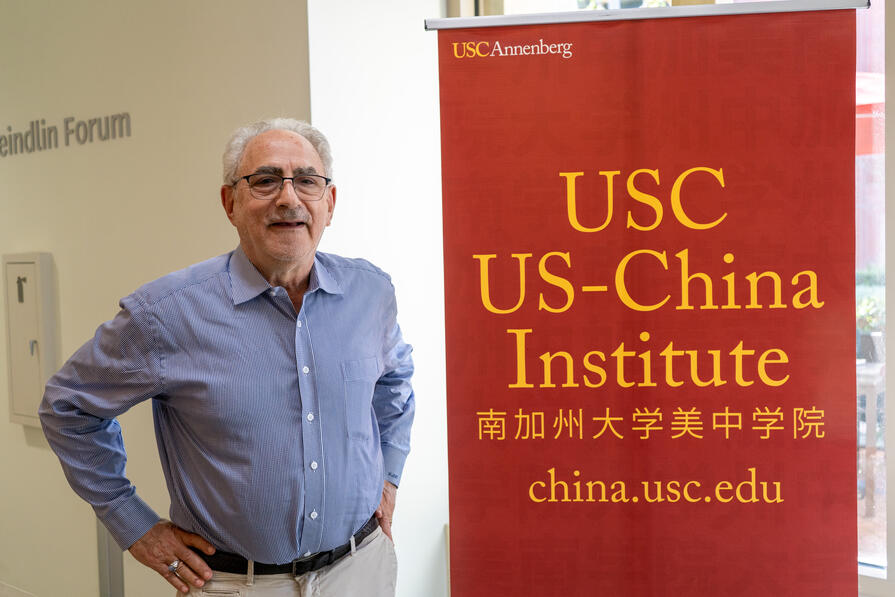Richard Dean Cummins, Ph.D
Abstract (Summary)
This study measures and explains the relative influence of forty-two overlapping industrial groups within the People's Republic of China (PRC). It also examines the consequence for economic efficiency of the existing pattern of influence. Groups are defined as collections of industrial enterprises, belonging to thirteen major industries and twenty-nine provinces. The two types of groups overlap, since most industrial enterprises belong simultaneously to both.
A general static model of a society with influence exerting groups, grounded in collective action theory, is constructed; and a theoretical rationale for linking twelve characteristics of groups with their influence is provided. These characteristics include the number of members within a group, the extent to which a group overlaps with other groups, the degree to which the members within a group differ from one another in size (size asymmetry), and the extent of state control over the group. The model itself can be used to explain the influence of groups within diverse societies, including non-Western, non-market, and underdeveloped ones like China.
The influence and characteristics of industrial pressure groups in the PRC are measured using 1983 data provided by the State Statistical Bureau. Generally, data is available to calculate comparable measures for all groups, although it is necessary to make some estimates. The theoretical model is empirically tested by using regression analysis; in the equations, group influence is the dependent variable and the characteristics of groups are the independent variables. The importance of each of the measured characteristics in explaining group influence is determined.
Measures of group size and size asymmetry are, under most circumstances, found to be significant in explaining influence; measures of overlap among groups and the extent of state control over groups are not. Another major finding is that the productive efficiency of groups and their influence are not closely related. The result leads to the assertion that the distribution of influence among industrial groups in China may perpetuate productive inefficiency.
Advisor: Kuran, Timur



